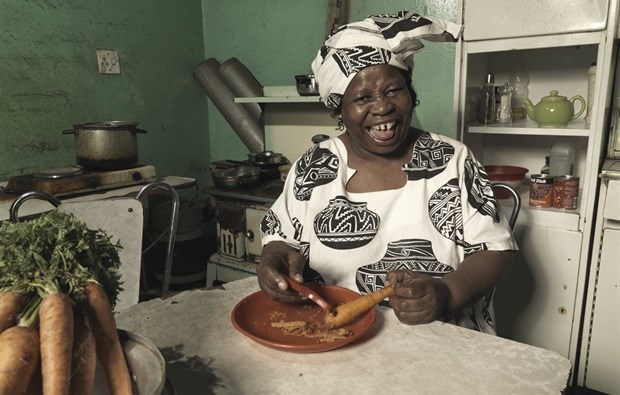
Top stories




LegalTsotsi star’s house, bought with lottery funds, frozen by Special Tribunal
Raymond Joseph 18 hours


More news


Unfortunately, it also means getting up-close-and-personal with the industry’s shortfalls – the unavoidable quandaries in African stock. And key amongst these is the flagrant misrepresentation of African women.
There’s a broader underlying philosophical problem in the sense that African women aren’t afforded a representative identity in stock imagery. They’re typecast in one of two ways: bare-chested victims surrounded by a flock of hunger-stricken children; or African-American, clad in pastel cardigans and smiling from the kitchen in a home that’s quite clearly in Wisconsin.

This not only leaves African women misrepresented, but also sends a strong message to international media that we don’t value the diversity that comes with locality. These women aren’t Ghanaian, Somali or Tanzanian – they’re all from one country – ‘Africa’. They dress the same and face exactly the same problems. If stock photography is used to tell stories – why is there only one narrative?
The second issue with the misrepresentation of African women in stock is the constant struggle to deliver what’s required to the local and international media and agencies we work with, while still trying to push for authenticity. Media, brands and agencies continue to request and use the current African stock available, which begs the question: why is misrepresentation the norm?
A recent campaign on Instagram, #TheAfricaTheMediaNeverShowsYou is a clear example of how Africans themselves are acutely aware of the gaping hole in the visual representation of the continent. Users across Africa took to Instagram to fight what they call ‘poverty porn’ and to showcase the inspirational people and places in their own countries.
So the goal is clear: African women in stock need to be given the power and respect they deserve. They deserve to have their own style, their own context and their own complexities.
The means to achieving this goal are a little more complicated. But a good starting point is for stock libraries to source content from locals – from the people who are viscerally aware of African realities. It means being inclusive, and not prescriptive, in sourcing new images and footage.

The best way to do this? Push for new and up-and-coming contributors who have a strong visual voice – whether you’re in advertising, publishing or media. Seek out imagery that’s layered and nuanced. Subjectivity is necessary in this regard – the closer the photographer is to the idea, the more likely it’ll be interesting, with a powerful narrative, even though it’s stock.
There should also be a constant feedback loop between client, agency and contributor. Let your suppliers know exactly what you want and don’t compromise on authenticity.
Although there’s a long way to go, there are stock agencies realising the importance of African contributors for African content. Realising the pitfalls in our own industry, Greatstock set out to shift the lens through the aFRIKA Collection. This library has a substantial (and growing) collection of photography by African photographers of African subject matter, and we’re committed to giving it as much depth and breadth as possible.
The problem in African stock won’t be solved quickly or easily – and it can’t be solved by stock image agencies alone. Real change requires a fundamental shift not only in the content available, but in the perceptions of agencies, publishers, media and the public, when it comes to representing lived female African realities. It’s all about finding a panoramic view of African potential.